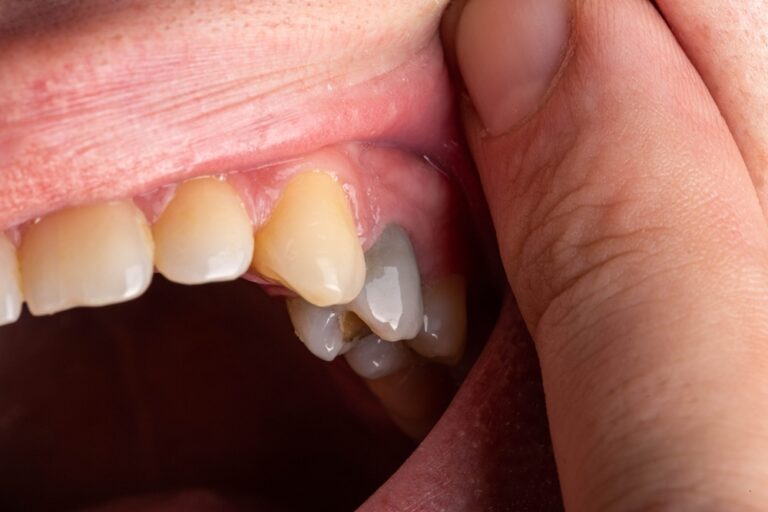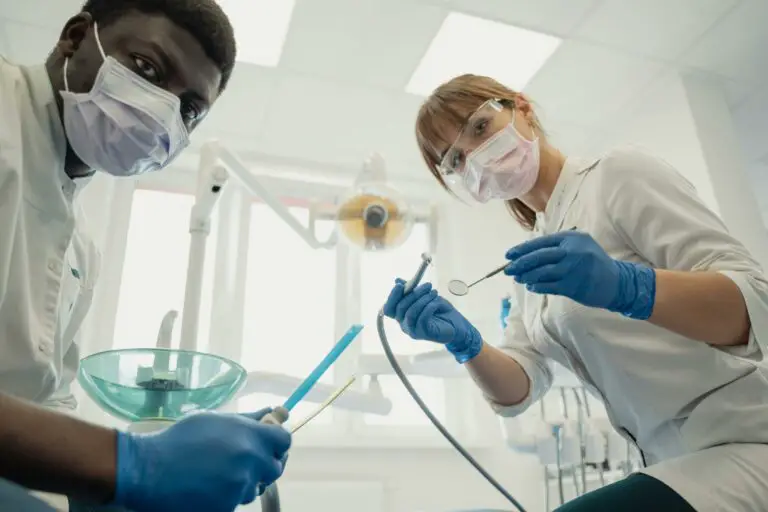Are you experiencing tooth decay? Are you wondering if your badly decayed tooth can be saved? Tooth decay is a common problem that can cause pain, discomfort, and even tooth loss. However, the good news is that depending on the severity of the decay, there may be options to save your tooth.
In the initial stages of decay, teeth can be saved through various diet choices and oral care routines. However, once decay progresses, rotting teeth can only be saved through dental procedures. Often, a rotten tooth means damage has spread deep within the tooth structure. When decay reaches the inner material of your tooth (pulp), you may need a root canal. This is a treatment to repair and save a badly damaged or infected tooth instead of removing it. The diseased tooth pulp is removed, and medication is sometimes put into the root canal to clear any infection.
If you already suffer from mild decay, you may be wondering, can a decayed or damaged tooth be saved? Although deep tooth decay often leads to extraction, it is not the only solution. Several options, such as dental crowns, fillings, inlays, and onlays, can restore the tooth’s structure, appearance, and integrity once the decay has been removed. In this article, we will explore the different stages of tooth decay and the treatments available to save a badly decayed tooth.
Understanding Tooth Decay
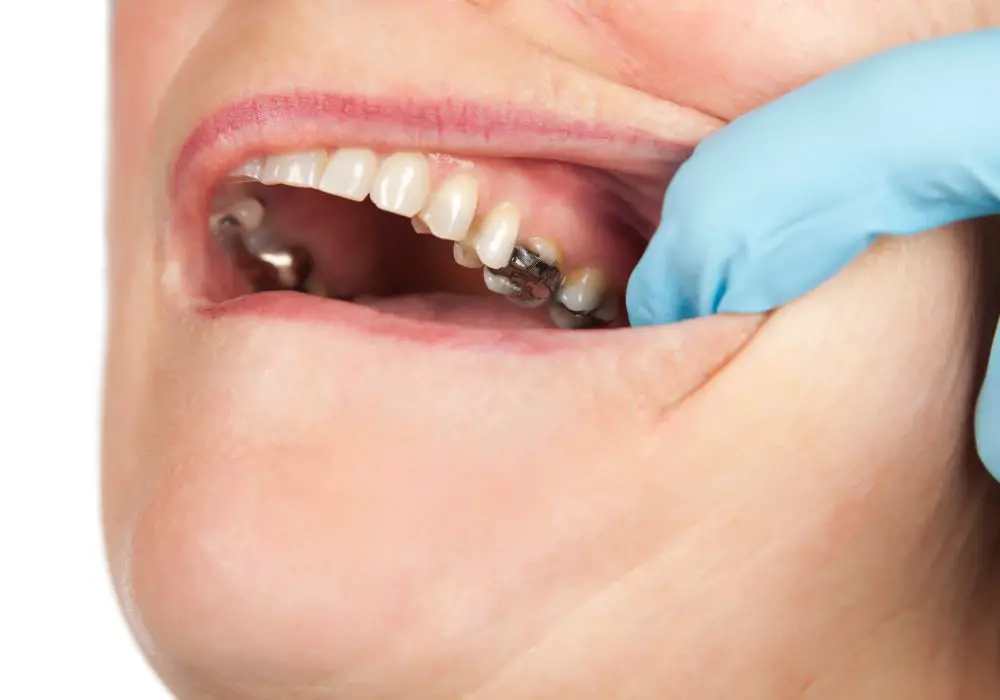
Tooth decay, also known as dental caries or cavities, is a common dental problem that affects people of all ages. It occurs when the bacteria in your mouth produce acids that dissolve the enamel, the hard outer layer of your teeth. If left untreated, tooth decay can lead to tooth loss, infections, and other serious dental problems.
Causes of Tooth Decay
Tooth decay is caused by a combination of factors, including:
- Poor oral hygiene: Not brushing and flossing regularly can lead to the buildup of plaque, a sticky film of bacteria that forms on your teeth. Plaque can produce acids that attack the enamel and cause decay.
- Sugary and acidic foods and drinks: Consuming foods and drinks that are high in sugar and acid can increase the risk of tooth decay. These substances can create an acidic environment in your mouth that promotes the growth of bacteria and weakens the enamel.
- Dry mouth: Saliva helps to neutralize the acids in your mouth and wash away food particles and bacteria. If you have a dry mouth, either due to medication or a medical condition, you may be at a higher risk of tooth decay.
- Genetics: Some people may be more susceptible to tooth decay due to their genetic makeup.
Symptoms of Tooth Decay
Tooth decay may not cause any symptoms in its early stages. However, as the decay progresses, you may experience:
- Tooth sensitivity: You may feel pain or discomfort when you eat or drink hot, cold, or sweet foods and drinks.
- Toothache: You may experience a persistent, dull ache or sharp pain in the affected tooth.
- Visible holes or pits in your teeth: You may notice small holes or pits in the enamel of your teeth.
- Bad breath or a bad taste in your mouth: The decay can cause an unpleasant odor or taste in your mouth.
It’s important to see a dentist if you experience any of these symptoms. Your dentist can diagnose tooth decay and recommend appropriate treatment to save your tooth.
Assessment of Tooth Decay
When you visit a dentist, they will assess the severity of your tooth decay to determine if the tooth can be saved or if it needs to be extracted. The assessment process typically involves a dental examination and an X-ray examination.
Dental Examination
During the dental examination, your dentist will visually examine your teeth and use dental instruments to probe for soft areas on the tooth surface. They may also ask you about any tooth pain or sensitivity you may be experiencing.
Your dentist may use a dental explorer, a small metal instrument with a sharp tip, to gently probe the surface of your teeth. If the instrument sticks or catches in a particular area, it may indicate the presence of a cavity or decay.
X-Ray Examination
In addition to a dental examination, your dentist may also take X-rays of your teeth to get a closer look at the extent of the decay. X-rays can show the location and size of cavities that may not be visible during a dental examination.
Your dentist may use a bitewing X-ray, which shows the top and bottom teeth in a specific area of the mouth, or a panoramic X-ray, which shows all of the teeth in the mouth. These images can help your dentist determine the severity of the decay and whether the tooth can be saved.
Keep in mind that the assessment process may vary depending on the severity of the decay and the individual dentist’s approach. However, a thorough examination and X-ray evaluation can help your dentist determine the best course of treatment for your decayed tooth.
Treatment Options
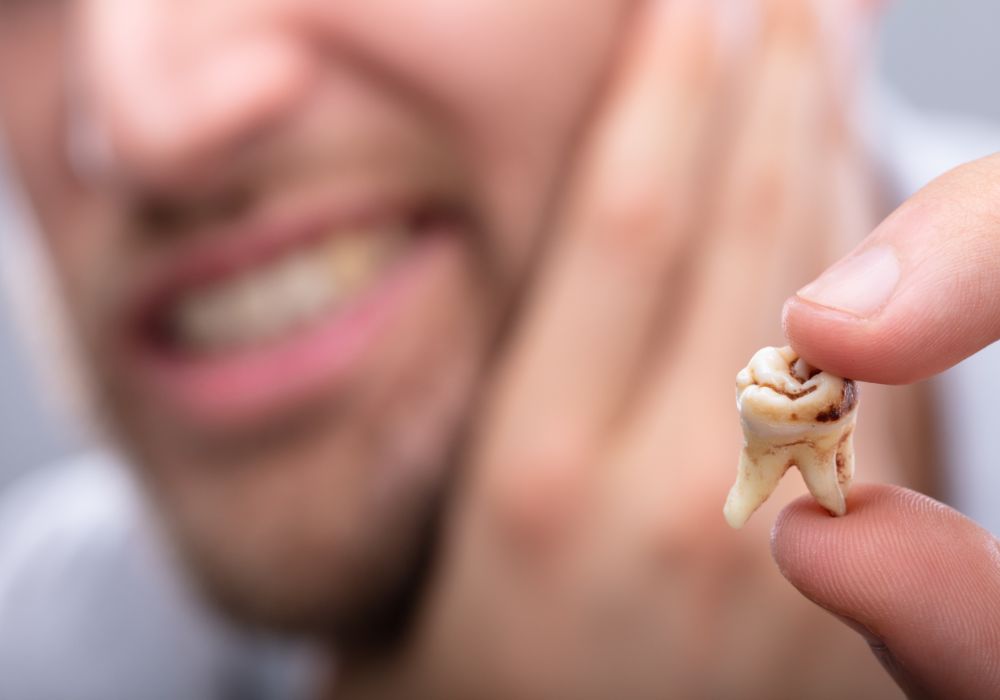
If you have a badly decayed tooth, there are several treatment options available. The best course of action will depend on the extent of the decay and the overall health of the tooth. Here are some of the most common treatment options:
Dental Fillings
Dental fillings are a common treatment for cavities and minor tooth decay. During this procedure, your dentist will remove the decayed portion of the tooth and fill the area with a filling material such as composite resin, amalgam, or gold. Dental fillings are a relatively simple and non-invasive procedure that can be completed in a single visit to the dentist.
Root Canal Therapy
If the decay has reached the pulp of the tooth, you may need a root canal. During this procedure, your dentist will remove the infected or damaged pulp and replace it with a filling material. Root canal therapy is a more invasive procedure than a dental filling, but it can save a badly decayed tooth from extraction.
Dental Crowns
If the decay has caused significant damage to the tooth, your dentist may recommend a dental crown. A crown is a cap that fits over the damaged tooth to provide additional support and protection. Crowns are typically made of porcelain or ceramic and can be customized to match the color and shape of your natural teeth.
In some cases, a combination of these treatments may be necessary to save a badly decayed tooth. Your dentist will work with you to determine the best course of action based on your individual needs and the extent of the decay. Remember, early detection and treatment are key to saving a decayed tooth, so be sure to schedule regular dental checkups and cleanings to keep your teeth healthy and strong.
Prevention Strategies
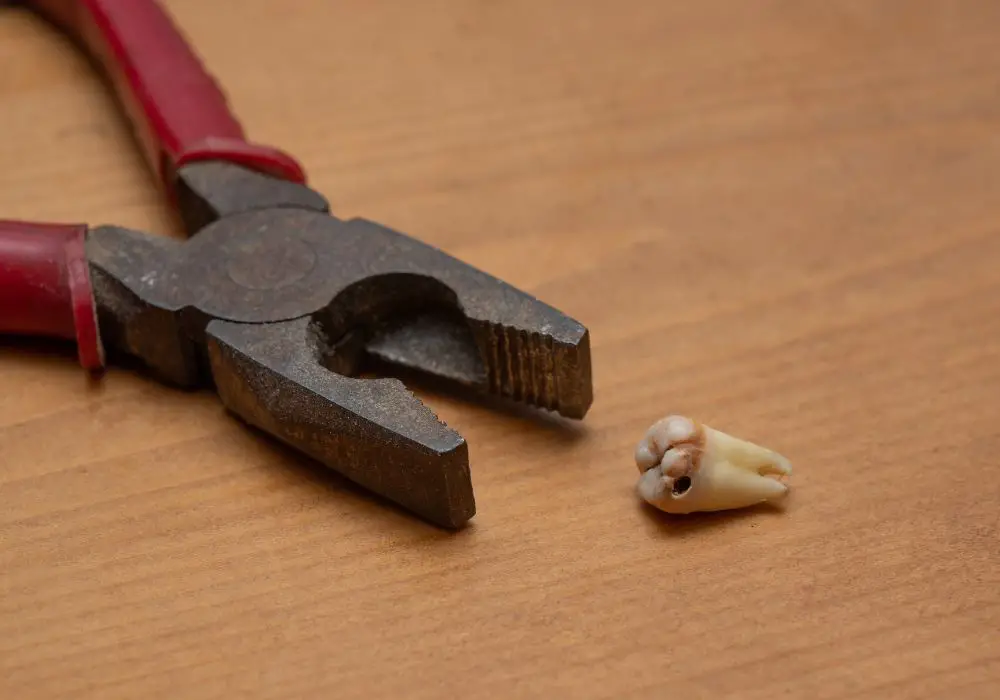
If you want to avoid having a badly decayed tooth, there are several strategies you can use to prevent tooth decay from occurring in the first place. Here are some key prevention strategies to keep in mind:
Regular Dental Checkups
One of the best ways to prevent tooth decay is to visit your dentist regularly. Your dentist can examine your teeth and identify any potential issues before they become serious problems. During your checkup, your dentist may also perform a professional cleaning to remove any plaque or tartar buildup that may be contributing to tooth decay.
Proper Oral Hygiene
Maintaining proper oral hygiene is crucial for preventing tooth decay. Brush your teeth at least twice a day with a fluoride toothpaste and floss daily to remove any food particles or bacteria that may be stuck between your teeth. Consider using an antimicrobial mouthwash to kill any remaining bacteria and freshen your breath.
Healthy Diet
Eating a healthy diet is also important for preventing tooth decay. Avoid sugary and acidic foods and drinks, as these can erode your tooth enamel and increase your risk of cavities. Instead, focus on eating a balanced diet that includes plenty of fruits, vegetables, whole grains, and lean proteins.
By following these prevention strategies, you can reduce your risk of developing a badly decayed tooth and maintain good oral health for years to come.
Frequently Asked Questions
When can a tooth not be saved by root canal?
A tooth cannot be saved by root canal treatment if the decay or infection has spread to the root of the tooth or to the surrounding bone. In such cases, the tooth may need to be extracted.
Can a decayed broken tooth be saved?
If a decayed broken tooth has enough healthy structure remaining, it may be possible to save it with a crown or filling. However, if the tooth is too damaged or the decay has spread too far, it may need to be extracted.
Stages of tooth decay: What are the early signs?
The early signs of tooth decay include sensitivity to hot and cold temperatures, pain when biting down, and visible pits or holes in the teeth. Regular dental checkups can help catch tooth decay in its early stages before it becomes more serious.
What happens if a tooth is too decayed?
If a tooth is too decayed, it may need to be extracted. If left untreated, tooth decay can lead to infection, abscesses, and even systemic health problems.
What are the effects of rotten teeth on the body?
Rotten teeth can lead to gum disease, tooth loss, and systemic health problems such as heart disease, stroke, and diabetes. It is important to maintain good oral hygiene and seek prompt dental care to prevent these complications.
When can a decayed tooth not be saved?
A decayed tooth may not be able to be saved if the decay or infection has spread too far, if the tooth is too damaged or broken, or if the tooth has lost too much structure to support a filling or crown. In such cases, the tooth may need to be extracted.



